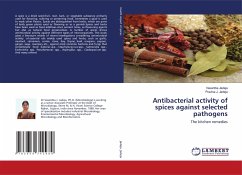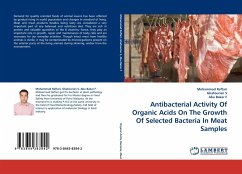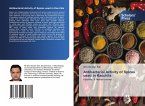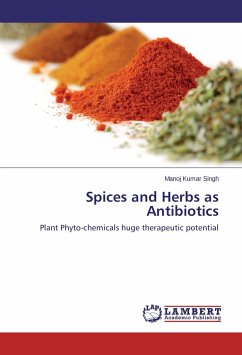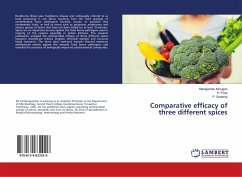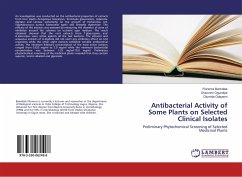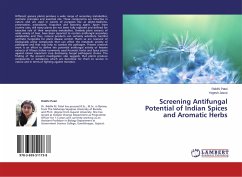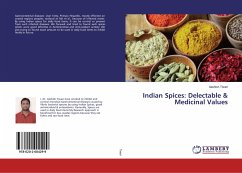A spice is a dried seed,fruit, root, bark, or vegetable substance primarily used for flavoring, coloring or preserving food. Sometimes a spice is used to mask other flavors. Spices are distinguished from herbs, which are parts of leafy green plants used or flavoring or as a garnish.Spices and herbs have been used as food additives since ancient times, as flavouring agents but also as natural food preservatives. A number of spices shows antimicrobial activity against different types of microorganisms. This book gives a literature review of recent investigations considering antimicrobial activity of essential oils widely used spices and herbs, such as garlic, mustard, cinnamon, cumin, clove, bay, thyme, basil, oregano, pepper, ginger, sage, rosemary etc., against most common bacteria and fungi that contaminate food (Listeria spp., Staphylococcus spp., Salmonella spp., Escherichia spp. Pseudomonas spp., Aspergillus spp., Cladosporium spp. And many others)
Bitte wählen Sie Ihr Anliegen aus.
Rechnungen
Retourenschein anfordern
Bestellstatus
Storno

